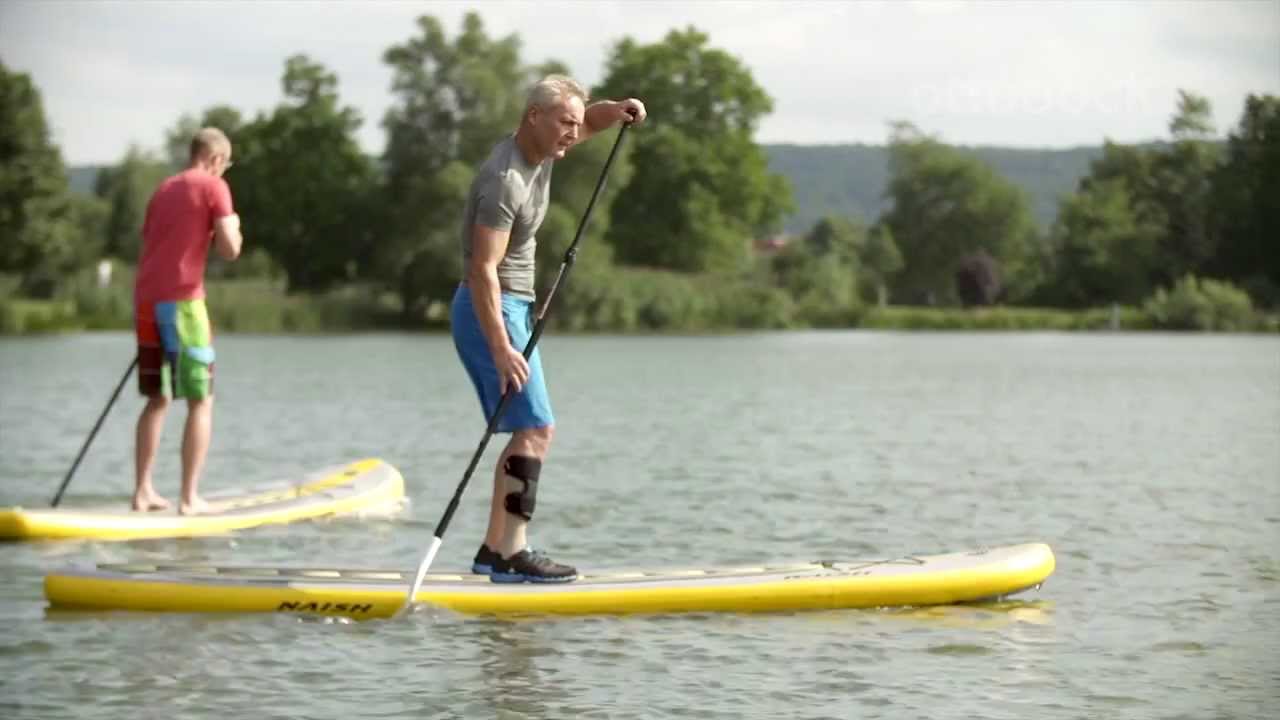Tuned AFO improves gait in patient with stroke
Adjusting the mechanical properties, alignment, plantar flexion and dorsiflexion resistance of a novel ankle-foot orthosis improved hemiparetic gait in a patient with stroke, according to data presented at the American Academy of Orthotists and Prosthetists AAOP, 43rd Annual Meeting and Scientific Symposium in Chicago.

Otto Bock WalkOn Reaction AFO
by Shawn M. Carter, Healio March 3, 2017
“The importance of adjusting the mechanical properties of [ankle-foot orthoses] AFOs to optimize gait in individuals with stroke has been recognized by researchers and clinicians,” Nicholas A. LeCursi CO, of Becker Orthopedic, said. “Our study presents the mechanical properties of a novel articulated AFO with independently adjustable plantar flexion resistance, dorsiflexion resistance [and] alignment and the effects on ankle and knee joint angles, moments and power in chronic stroke.”
The pilot study followed one 50-year-old woman as a part of a multi-patient study. The patient was fitted with a custom polymer AFO with Triple Action ankle joints and a full footplate with intrinsics to resist mild pronation. Standard resistance springs were installed in the plantar flexion resist channels and mechanical characteristics were tested at 12 different ankle joint settings. Researchers optimized mechanical characteristics of the AFO to improve standing balance, foot position, gait symmetry and toe clearance in swing.

Tamarack Flexure Joint Caps for Hinged AFO. Lifenabled
The patient walked on a Bertec split belt-instrumented treadmill at a self-selected speed of 0.36 meters per second using the 12 AFO stiffness and alignment settings. A total of 10 Vicon motion capture systems were used to observe gait.
According to LeCursi, ankle angles and moments were more responsive to changes in plantar flexion resist, dorsiflexion resist and alignment. First rocker was more normal when plantar flexion resistance and alignment were changed toward dorsiflexion. In addition, plantar flexion resist and alignment may have impacted optimization of first rocker, LeCursi said. However, selection of standard assistance plantar flexion springs may have impacted the results.
“We also found that foot position at initial contact improved with higher plantar flexion resist settings. Though, a lower plantar flexion resist setting was selected as optimal,” LeCursi said. “Kinetic data showed that this plantar flexion resist setting [was] minimized in the knee moment.”
According to the findings, knee angle and moment were systematically responsive to dorsiflexion resistance and alignment of the AFO. The knee moment appeared more responsive than the angle to changes in AFO dorsiflexion resist settings.
“These results suggest the benefit of both kinematic and kinetic measurements and the AFO optimization process. Patient preference and comfort may also be a contributing factor in AFO tuning,” LeCursi added. “The ability to independently adjust plantar flexion resistance, dorsiflexion resistance and alignment in the clinical setting is advantageous, and the benefits of tuning AFO mechanical properties warrant further studies on larger patient populations.”
Source Healio
| References |
Foot Orthosis Plantar Flexion Resistance, Dorsiflexion Resistance and Alignment on Hemiparetic Gait in Stroke, LeCursi NA. Presented at American Academy of Orthotists and Prosthetists Annual Meeting and Scientific Symposium; March 1-4, 2017; Chicago
Mechanical Properties and Isolated Effects of Ankle-Foot Orthosis Plantarflexion Resistance, Dorsiflexion Resistance and Alignment on Hemiparetic Gait in Stroke, Nicholas LeCursi, Toshiki Kobayashi, Michael S. Orendurff, Grace Hunt, Lucas Lincoln, Fan Gao, Bo Forman. Presented at American Academy of Orthotists and Prosthetists Annual Meeting and Scientific Symposium; March 1-4, 2017; Chicago. PDF
Clinical Impact of a Tunable Ankle Foot Orthosis on Hemiparetic Gait in Stroke: A Case Study, Janka B MPO CPO, LeCursi N CO. Presented at American Academy of Orthotists and Prosthetists Annual Meeting and Scientific Symposium; March 1-4, 2017; Chicago
| Further reading |
Design and Evaluation of an Articulated Ankle Foot Orthosis with Plantarflexion Resistance on the Gait: a Case Series of 2 Patients with Hemiplegia, Daryabor A, Arazpour M, GAminian G, Baniasad M, Yamamoto S. J Biomed Phys Eng. 2020 Feb 1;10(1):119-128. doi: 10.31661/jbpe.v0i0.1159. Full text
The effects of alignment of an articulated ankle-foot orthosis on lower limb joint kinematics and kinetics during gait in individuals post-stroke, Kobayashi T, Orendurff MS, Hunt G, Gao F, LeCursi N, Lincoln LS, Foreman KB. J Biomech. 2019 Jan 23;83:57-64. doi: 10.1016/j.jbiomech.2018.11.019. Epub 2018 Nov 22. Full text
The effects of an articulated ankle-foot orthosis with resistance-adjustable joints on lower limb joint kinematics and kinetics during gait in individuals post-stroke, Kobayashi T, Orendurff MS, Hunt G, Gao F, LeCursi N, Lincoln LS, Foreman KB. Clin Biomech (Bristol, Avon). 2018 Nov;59:47-55. doi: 10.1016/j.clinbiomech.2018.08.003. Epub 2018 Aug 10. Full text
An articulated ankle-foot orthosis with adjustable plantarflexion resistance, dorsiflexion resistance and alignment: A pilot study on mechanical properties and effects on stroke hemiparetic gait, Kobayashi T, Orendurff MS, Hunt G, Lincoln LS, Gao F, LeCursi N, Foreman KB. Med Eng Phys. 2017 Jun;44:94-101. doi: 10.1016/j.medengphy.2017.02.012. Epub 2017 Mar 9.
The influence of ankle-foot orthosis stiffness on walking performance in individuals with lower-limb impairments, Harper NG, Esposito ER, Wilken JM, Neptune RR. Clin Biomech (Bristol, Avon). 2014 Sep;29(8):877-84. doi: 10.1016/j.clinbiomech.2014.07.005. Epub 2014 Aug 8
An Advanced Ground Reaction Design Ankle-Foot Orthosis to Improve Gait and Balance in Individuals With Post-Stroke Hemiparesis: A Case Series, Hale, Jennifer PT DPT NCS; Seale, Jill PT PhD NCS; Jennings, Jason CO LO FAAOP; DiBello, Thomas CO LO FAAOP. JPO Journal of Prosthetics & Orthotics: January 2013. Vol 25, Issue 1. p42–47. doi: 10.1097/JPO.0b013e31827ba11e
Modelling of human walking to optimise the function of ankle-foot orthosis in Guillan-Barré patients with drop foot, Jamshidi N, Rostami M, Najarian S, Menhaj MB, Saadatnia M, Firooz S. Singapore Med J. 2009 Apr;50(4):412-7
Also see
Post-stroke Considerations in AFO Usage The O&P EDGE
